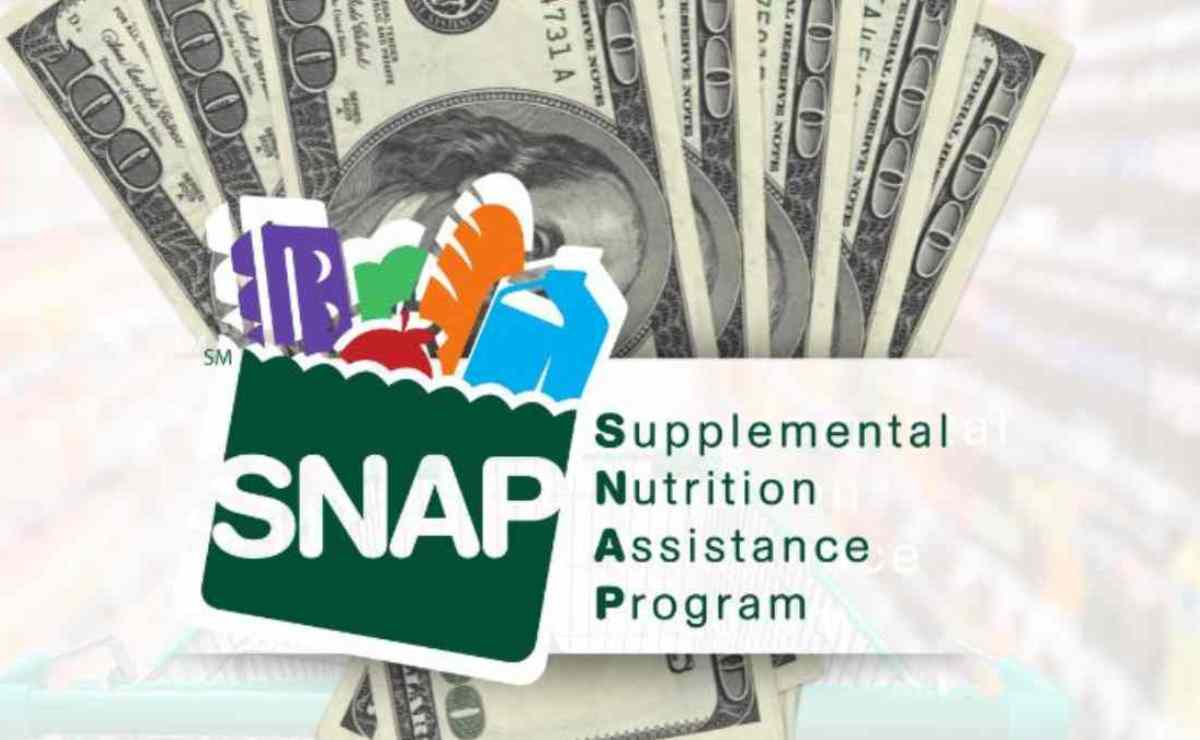According to Vibes.okdiario, This information is particularly relevant for women with children and expectant mothers. While SNAP payments are widely recognized across the United States, the WIC program may not be as familiar.
What are SNAP and WIC?
SNAP, which stands for the Supplemental Nutrition Assistance Program, was formerly known as the Food Stamps program. On the other hand, WIC refers to the Special Supplemental Nutrition Program for Women, Infants, and Children. It’s important to note that individuals can apply for both benefits in November or December if they meet the necessary requirements.
SNAP Requirements for 2024
When applying for SNAP, there are specific conditions to consider:
- Residency: You can only apply for SNAP in the state where you currently reside. This is the first and foremost condition to keep in mind.
- Resource Limits: You must have resources within certain limits. This includes cash on hand, bank account balances, and other countable assets.
- Income Limits: In addition to residency and resource conditions, there are income limits that applicants must adhere to.
- Work Requirements: Recipients who are not exempted from work requirements must comply with specific guidelines.
- Special Rules: Individuals aged 65 or older, as well as those with disabilities, may have different eligibility criteria.
Also read: Unlocking Value: How a 1976 Bicentennial Dollar Can Be Worth $3,000 Today
Checking Eligibility for WIC
For women already receiving SNAP benefits, it is advisable to check eligibility for WIC. The WIC program aims to assist specific groups, which include:
- Pregnant women
- Postpartum women
- Breastfeeding women
- Infants
- Children up to the age of 5
To qualify for WIC, these individuals must also meet the income requirements and comply with the residency rule set by their state. Additionally, they must be assessed by a health professional to determine if they are at nutritional risk.
Income Guidelines
To be eligible for WIC, your income must fall at or below 185% of the U.S. Poverty Income Guidelines. This threshold is designed to ensure that those who need assistance receive the appropriate support.
Conclusion
In summary, understanding the requirements for SNAP and WIC is essential for women and families seeking nutritional assistance. By meeting the residency, resource, and income limits, individuals can access vital benefits that support their health and well-being during critical stages of life.




![Tyson Foods Plant [Photo: Food Manufacturing]](https://southarkansassun.com/wp-content/uploads/2023/08/iStock_1185520857__1_.5e441daa51cca-600x337.jpg)







![Silverado Senior Living Management Inc. [Photo: Los Angeles Times]](https://southarkansassun.com/wp-content/uploads/2023/10/download-6-4-600x337.jpg)

![China's Wuhan Institute of Virology [Photo: Nature]](https://southarkansassun.com/wp-content/uploads/2023/09/d41586-021-01529-3_19239608-600x337.jpg)
















